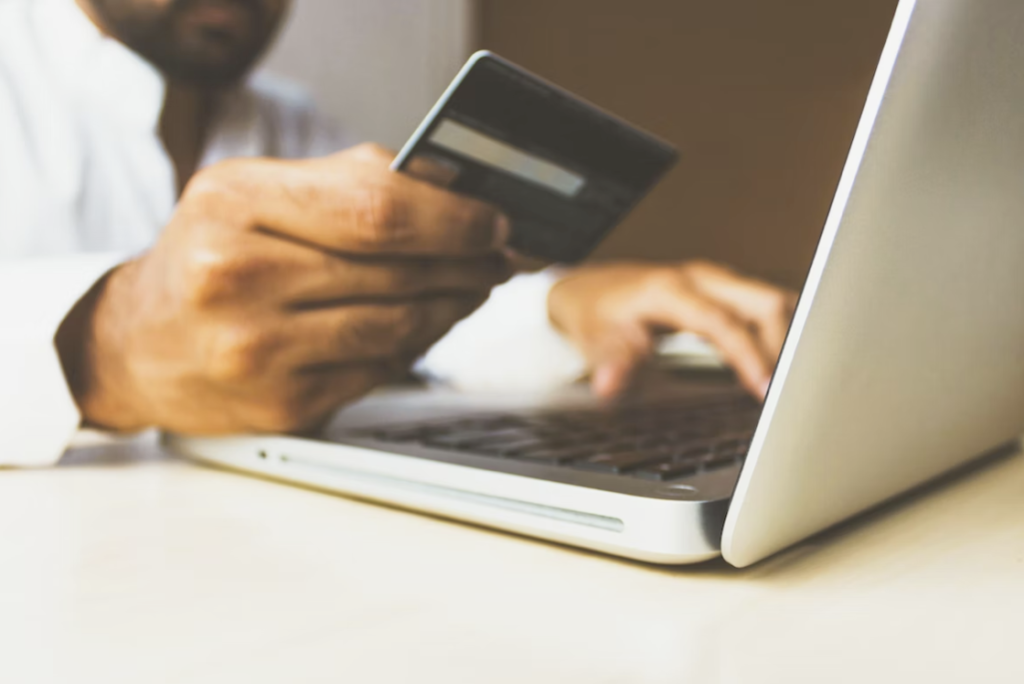
The way people engage in payments and monetary transactions has changed over time. Since the last decade, there has been a massive transformation in the way traditional payments are made. With improvements in technology and the introduction of various digitized platforms, online payments are the new go-to mode for users. This supports the users’ needs for convenience, security, and availability. Enhanced security measures and guidelines have helped bring an overall change to the way payments are made.
How we pay today is almost invisible and technologically advanced. Providers continue to look for different ways to remove direct contact between merchants and consumers. Payments have become faster and more fun with this involvement in technologies. History is proof of the constant usage of cash as an explicit mode of payment. Cheques became the next mode of payment, followed by online transactions, which are dominating the entire world right now. Some of the technological advancements in the domain of online payments are mentioned below.
Contactless Payments
Contactless payments brought speed, convenience, and security to the entire process. In European countries, contactless cards have been introduced. You just need to tap the card, and payments get accepted on respective devices. This technology has completely revolutionised the gaming industry. Contactless deposits and withdrawals are significant in casino games like baccarat. You can enjoy the game for free or even play for real money. And with the introduction of online payments, you can enjoy the games as much as you like. Mobile wallets are another aspect that Apple Pay or Google Pay uses to look for customers’ preferences. Mobile wallets add an extra layer of payment or security using biometrics and double authentication. When integrated with VAS (value-added services), mobile wallets help merchants manage loyalty programs. These payments have improved the speed of transactions and benefited the payers.
EMV Chip Cards
EMV chip cards were first introduced in developed countries like Australia, France, and others. Then it was brought to the United States in 2015. Unlike magstripe cards, EMV chip cards create unique transaction codes. Additionally, these cards make two-way communication along with payment acceptance in devices to authenticate transactions. According to a study by Visa, this chip card technology has helped to bring down counterfeit fraud by 76 per cent in the United States.
Peer-to-Peer or P2P Applications
Many P2P applications, like Zelle, Venmo, and PayPal, are already popular among various users. It is one of the most common and easy ways to transfer money. These applications have also been integrated with several third parties, such as food delivery apps, to allow users to pay more quickly. Integrating these applications with other valuable apps has made it simpler for consumers to operate. Businesses have taken advantage of payment methods to elevate their customer experience.
Biometric Payments
Biometrics payment technology is one of those technologies that has evolved over the last decade and is seen in multiple forms. One of the usual ones is phone-based usage by consumers. Biometrics use fingerprint sensors or facial scanners to authenticate payment transfers via contactless checkouts. Other biometric non-phone-based payment options include additional hardware on the owner’s side. It captures biometric information in a way to authenticate the entire payment process.
QR Code Payments
QR codes are the most common payment method used today by every age group. Whether you are paying for any service, booking tickets, ordering online, couponing, etc., QR codes are being used everywhere. To create them conveniently, try using an easy and free QR code generator. The application for payment acceptance is widely made newer these days. It has several options comprising static codes to generate dynamic ones. This process has evolved and is now helpful for sellers to provide an enhanced customer experience. The presence of QR codes as a payment mechanism is increasing its base worldwide due to simplicity in operations and ease of engagement. It is famous in parts of the US and the entire world. However, the size of the business is one of the aspects that must be incurred to identify the payment method for merchants.
Final Words
From using traditional payment methods (cash) to credit or debit cards and contactless payments, users have multiple options available to them. With UPIs taking over, it has become even simpler to scan a QR code and make payments. These typical payment options have evolved into more comprehensive solutions. Online payments didn’t evolve overnight, it took time, but technological advancements changed how we pay. How payments have evolved from merchants and consumers is still a mystery. However, you can always explore and find out the techniques.
